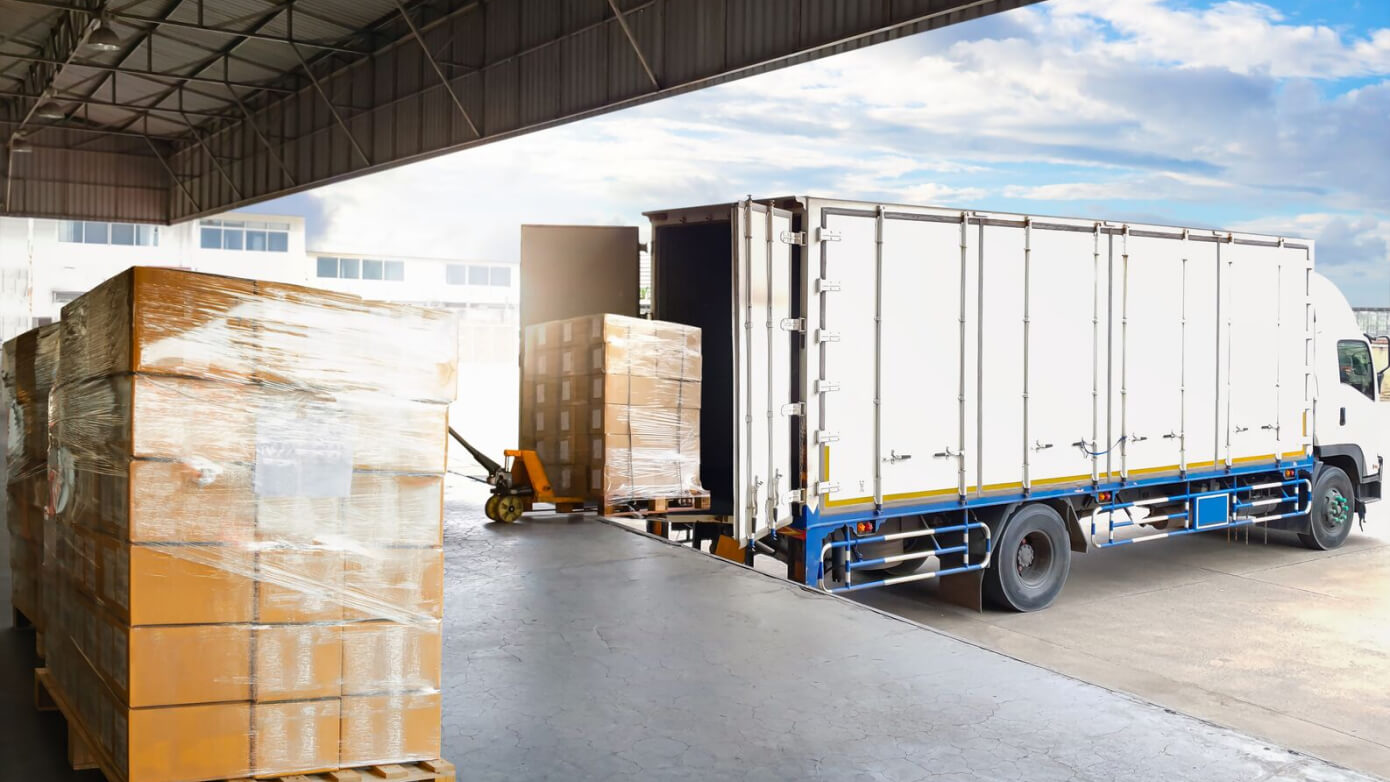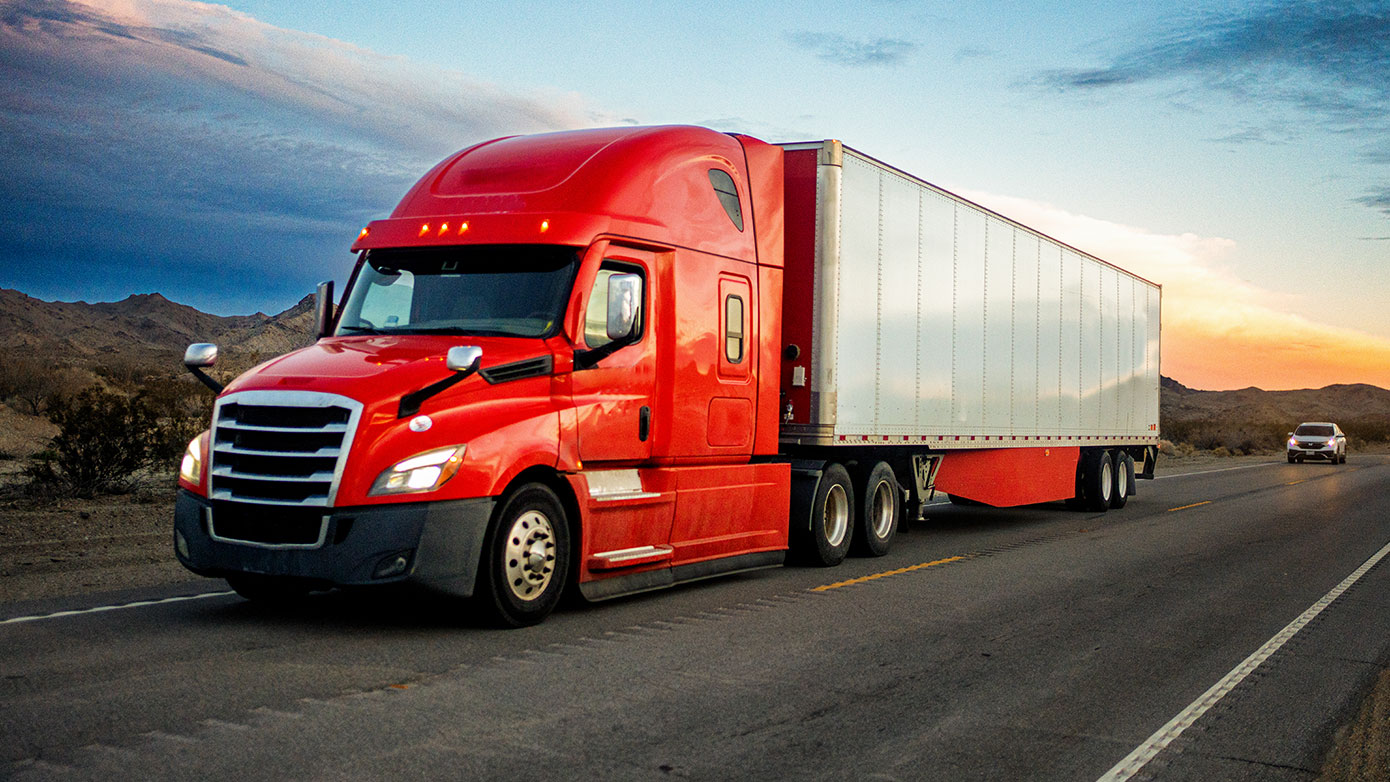The Manifest Edition: 3 Tips for Keeping Pace with Digitization in Logistics in 2025
- March 6, 2025

With a selection of Fortune 500 global supply chain executives, logistics service providers, cutting edge startups, venture investors and technology leaders, Manifest 2025 was a hot spot for innovation, conversation and visionary ideas.
Over the past decade, billions of dollars have been invested into supply chain technologies, but as the speed of consumerism continues to out-pace retailers, many are increasingly asking themselves: ‘have these investments delivered?’
Compounded by macro socio-economic challenges and geopolitical volatility, building resilient and connected supply chain ecosystems has never been more top of mind than it is today for brands looking to boost bottom-line efficiencies while securing that all important consumer wallet-share.
Below are my three key takeaways from Manifest 2025 highlighting areas all organisations should focus on over the coming months.
The Data Revolution is Advancing Supply Chain Efficiency
Real-time visibility across every aspect of the supply chain is finally catching up with the times, thanks to Internet of Things (IoT), real-time data, and artificial intelligence. This isn’t surprising when you consider the pivotal position data holds across modern organisations.
The future of logistics lies in systems which make better use of data which fuels improved user experiences, offers the base for more strategic decision-making, and provides prevents security risks. Instead of a handoff from one system to another (as has been the case in the past) that function in silos, streamlining functions and logistics processes into a unified platform allows for greater access to real-time data yielding efficiencies and new innovations.
In recent years, not only have we seen the supply chain become more complex, we’ve also seen much more real-time transactional demand on certain actions and processes. The increase in supply chain complexity and external disruptions, demand real-time responses from systems, and that in turn requires a greater capacity for accurate data discovery and analytics – especially since the birth of GenAI and the large language models that feed them.
Inventory Visibility Still Remains Critical
For manufacturers, wholesalers and retailers alike, supply chain disruptions have significant costs and consequences. To avoid the increasingly expensive impact of late shipments, unreported delays, inaccurate inventory and other disruptions, retailers require higher levels of stock visibility.
Likewise, customers demand up-to-the-moment information on the status of their orders, including constant communication and in-transit updates about pending arrivals or delays. Nevertheless, retailers and in-store associates remain ‘blind’ to accurate inventory data as often as 30% of the time, according to the latest research from Manhattan Associates.
If you don’t know where a third of your inventory is, that’s a lot of stock that is either not being sold, marked down or at worst thrown away. And, in today’s capricious macroeconomic environment, that’s something brands can rarely afford.
As the role of the physical store evolves past simply being a transaction hub, the roles of associates must also develop beyond purely assisting the sale too. Armed with the right technologies, accurate inventory and customer data, store associates have the power to educate, inspire, influence and ultimately create long-lasting brand loyalty, even during times of economic flux.
The Importance of a Unified Supply Chain
It should come as no surprise that retailers who invested in unified approaches that allowed them to fulfil online orders in stores, offer curb side pickup, and manage last-mile deliveries (to name but a few innovative benefits of a unified, omnichannel approach) have fared better than their peers in recent years.
Having separate systems can work when everything is moving in a chronological and linear fashion, but that isn’t something we’ve seen in global trade for a number of years now. Instead, today you have a more disparate pattern where information needs to flow back and forth, working transparently between functions and systems: in other words, you need a unified, platform-based approach founded in real-time, accurate data.
In conclusion, supply chain unification is the whole enchilada – a transformative approach to logistics management that dismantles barriers between systems, to achieve seamless execution and optimisation, unlocking unprecedented levels of performance. Today’s retailers are burdened with many challenges, some expected, but many sudden and unforeseen. This makes the need to keep a sharp eye on the finances key, which in turn makes the management of the entire value chain a strategic imperative, and supply chain unification a must for retailers.
Related Insights

Transportation Management
Our transportation management system makes your job easier. How? With applied intelligence and network connection speeds up to 10x faster than other systems.

Supply Chain Execution
Optimize your supply chain operations and drive growth with our advanced supply chain management software. Gain real-time visibility and agility.

Transform Your Transportation, Accelerate Growth
Drive efficiency, resilience, and growth with a Transportation Management System that lets you optimize routes, streamline operations, and adapt to change in real-time.






